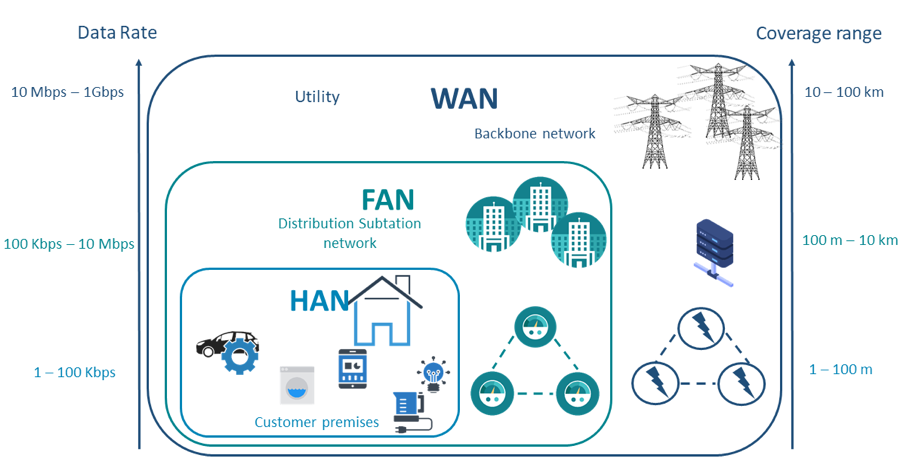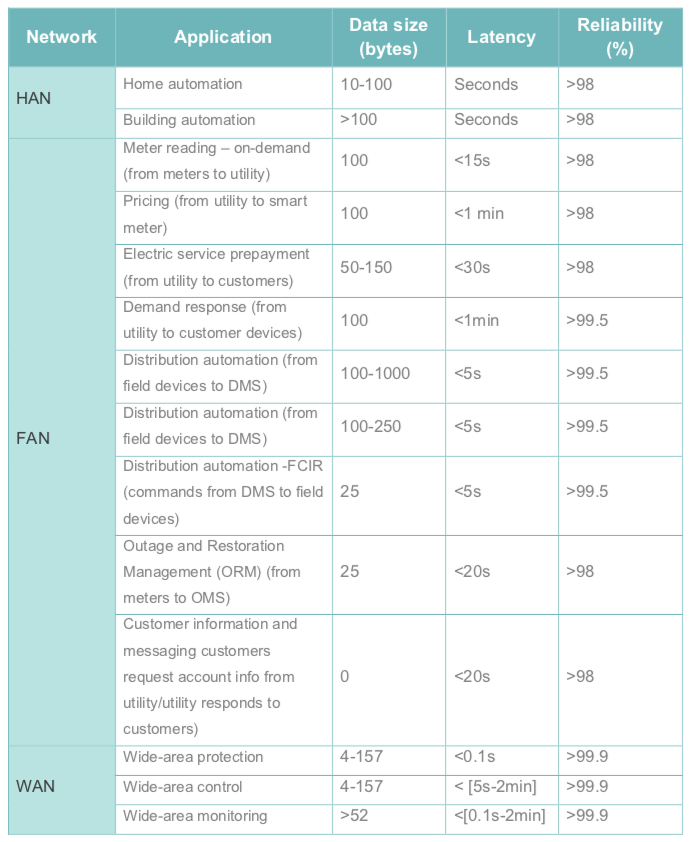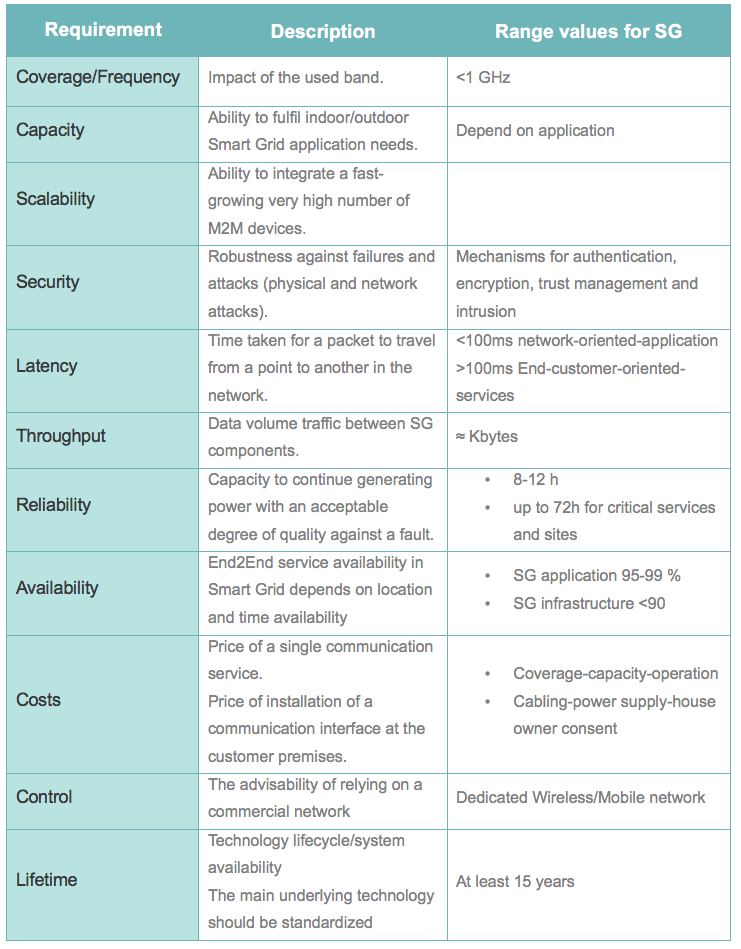Communication technologies for Smart Grids. Hierarchical Network
In the context of Smart Grids, the main objectives of the communication network are:
- to be able to guarantee reliable, secure and real-time data collection from a massive number of data sources,
- to support the interoperability between heterogeneous technologies and communication services.
Network levels
The Smart Grid communication infrastructure is commonly seen as a hierarchical network with three-tier architecture:
Access tier
The network should support real-time information flows between customer and energy management systems. In this tier, the Home Area Network (HAN) is applied to provide low-cost solutions for monitoring and control of electric devices deployed at customers’ premises. In the case of HAN gateways, these should be equipped with multiple radio interfaces to facilitate the integration of different devices. The access tier must also provide connectivity services for electric vehicles. For services that support Vehicle-to-Grid (V2G), wireless technologies seem to be the most appropriate choice, but some use cases have shown the need of different networking solutions.
Distribution tier
This tier of the communication network enables the state, data estimation and real-time control of the distribution grid. It interconnects the local area networks (i.e. Home Area Network (HAN)/Building Area Network (BAN)/Industrial Area Network (IAN)) with the smart grid communication backbone and provides the communication support to implement data management services to handle the large amount of data collected in the distribution grid. The distribution tier includes specialised networks to provide reliable communication to a large number of heterogeneous sensors and actuators, and to monitor and control power system equipment, Field Area Networks (FAN) or Neighborhood Area Networks (NAN).
Core tier
Here, a WAN network is used to create a high-capacity communication backbone capable of delivering a large amount of data collected by the FANs to remote control centers over long distances. There are several options for the WANs deployments such as all Internet Protocol (IP) core network or MultiProtocol Label Switching (MPLS) but, for electric utilities, a relevant option is the deployment of private WANs and to use public data networks to link them.
The selection of network type depends mainly on requirements like data rate, coverage range and latency.

Home Area Network, HAN
The HAN is at the customer’s premises and it is the end of the network architecture. It provides communication for household appliances and equipment, which send and receive signals from a smart meter. The customer’s premise is connected to other smart grid entities like electric utility or third-parties via a smart meter or a gateway.
Field and Neighborhood Area Network, FAN/NAN
A NAN/FAN supports communication between WAN and a premise area. It enables data collection from customers and connects with field devices such as intelligent electronic devices (IED). FAN includes a metering network that enables services such as remote meter/reading, control and events detection. The applications supported by FAN require higher data rate and larger coverage range than HAN applications.
Wide Area Network, WAN
WAN supports real-time monitoring, control and protection of the state of the smart grid. It also provides communication links for the smart grid backbone and covers long distances from FAN to the control center. These Wide-area functionalities involve high data rates and shorter response times.
Network requirements for different applications
Here are some examples of values for the network requirements for different applications:

Requirements for communications in Smart Grid
To identify which communication technologies are suitable for Smart Grid, it is necessary to define the basic requirements that should be covered. Below you will find a list with the basic requirements that the communication technologies should fulfill for Smart Grid.

Studies like “Communication network requirements for major smart grid applications in HAN, NAN and WAN” and “Smart Grid Technologies: Communication Technologies and Standards” evaluate communication technologies based on a comparison of a set of parameters.
In the next posts, we will analyse communication technologies in Smart Grids, taking into account other aspects, such as the impact of the band used.